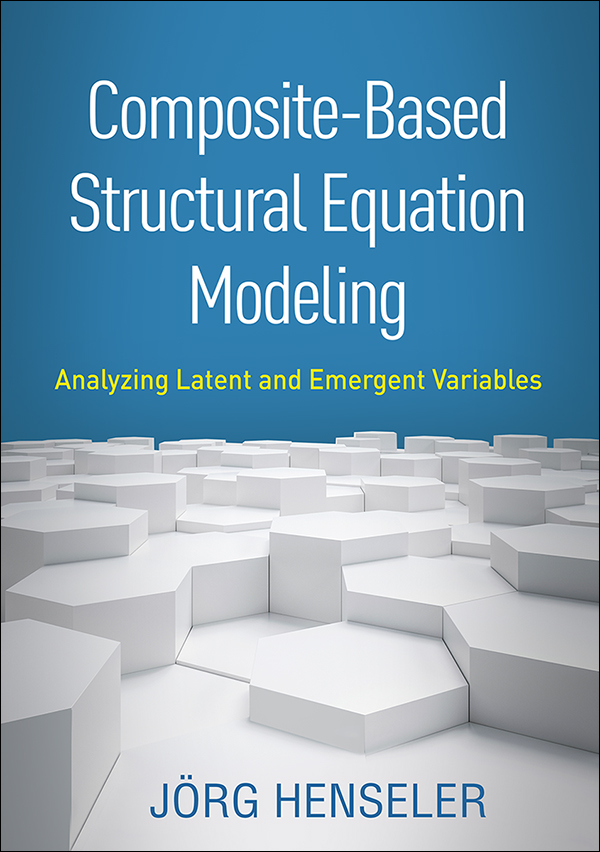HTMT Online Calculator
Assessing the discriminant validity of latent variables by means of the heterotrait-monotrait ratio of correlations (HTMT)
Behavioral scientists have an interest in the discriminant validity of their latent variables. Discriminant validity means that two latent variables that represent different theoretical concepts are statistically different. A frequently applied approach for assessing discriminant validity is the Fornell-Larcker criterion (Fornell & Larcker, 1981). However, if used in combination with results of varianced-based structural equation modeling such as traditional partial least squares path modeling and generalized structured component analysis, the Fornell-Larcker criterion lacks sensitivity (Rönkkö & Evermann, 2013), and if used in combination with consistent estimates, it lacks specificity (Voorhees, Brady, Calantone & Ramirez, 2016).
A novel approach for assessing discriminant validity was introduced by Henseler, Ringle and Sarstedt (2015): the heterotrait-monotrait ratio of correlations (HTMT). The HTMT is a measure of similarity between latent variables. If the HTMT is clearly smaller than one, discriminant validity can be regarded as established. In many practical situations, a threshold of 0.85 reliably distinguishes between those pairs of latent variables that are discriminant valid and those that are not. Monte Carlo simulations provide evidence for the HTMT's favorable classification performance (Franke & Sarstedt, 2019; Voorhees, Brady, Calantone & Ramirez, 2016). Moreover, the HTMT is relatively easy to compute; it only requires the correlations of the observed variables as input. No exploratory or confirmatory factor analysis is needed. It certainly does not come as a surprise that the paper introducing the HTMT has become one of the most impactful recent marketing papers (see Shugan’s Top 20 Marketing Meta-Journal).
The HTMT tends to be upward biased if the measurement of the latent variables is not tau-equivalent and the correlation between the latent variables approaches 1. In this case, it may be better to rely on a modified coefficient, the HTMT2 (Henseler, 2021; Roemer, Schuberth, and Henseler, 2021). The HTMT2 is a consistent estimator of the correlation between latent variables, and it is usually somewhat smaller than the HTMT. However, it can only be determined if all empirical correlations are positive.
The most convenient way to determine the HTMT and the HTMT2 is the trial edition of ADANCO, a new software for composite-based structural equation modeling. It also provides inference statistics for the HTMT and the HTMT2.
The following online calculator determines Cronbach's alpha, the HTMT, and the HTMT2.
Calculate the HTMT
How many latent variables would you like to assess?

